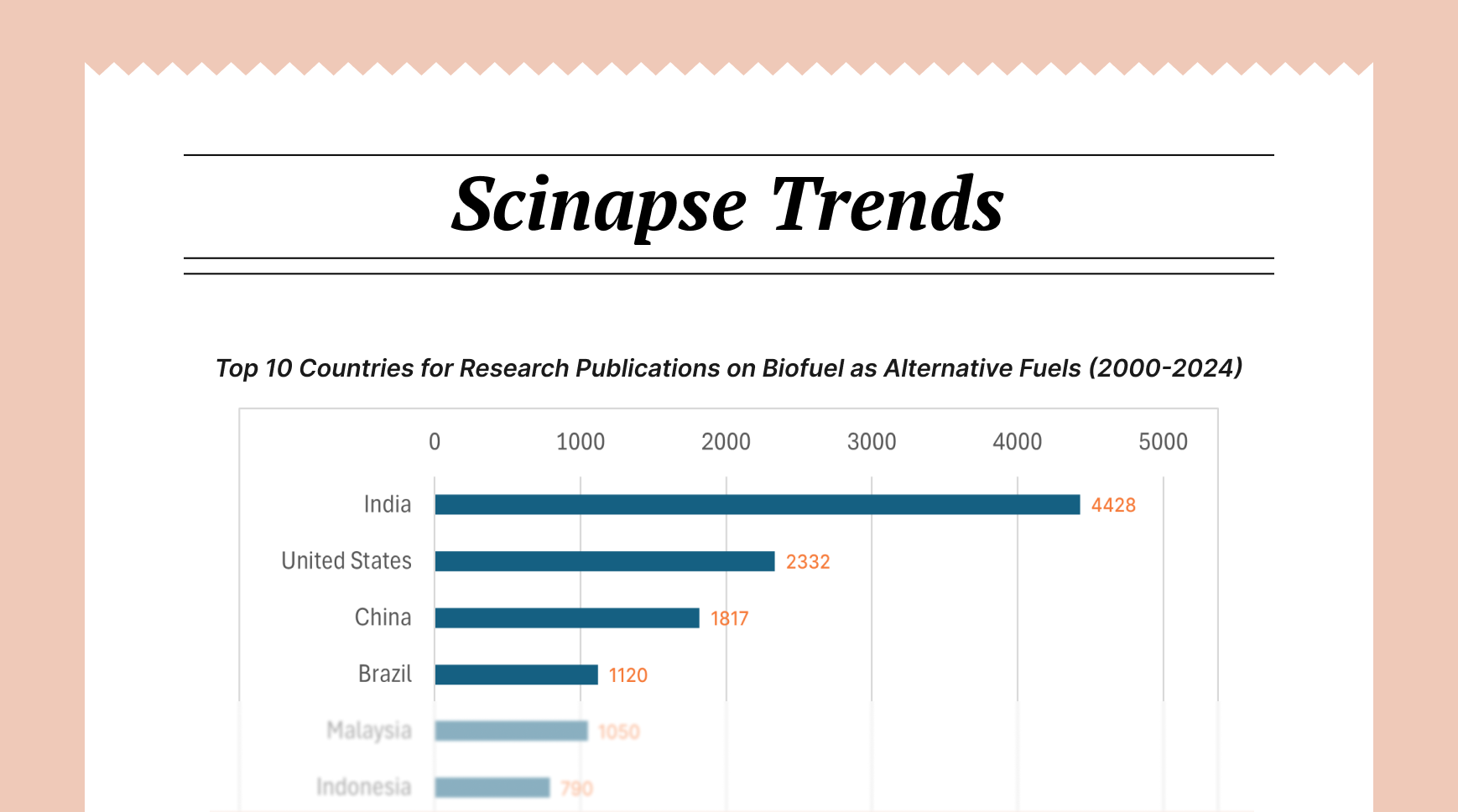How to Write a Literature Review

Writing a literature review is an essential part of academic research. Whether you are a student working on a thesis or a researcher preparing a journal article, a well-structured literature review lays the foundation for your work. It involves evaluating existing studies, summarizing key findings, and identifying gaps in the research. In this guide, we will walk you through the steps to craft a comprehensive literature review.

What is a Literature Review?
A literature review is a critical analysis of published academic work on a particular topic. It provides a summary and synthesis of existing research, highlighting major themes, trends, and gaps in the literature. Unlike a research paper, it does not present new experimental data but rather contextualizes current knowledge and how it relates to your research question.
Why is a Literature Review Important?
- Establishes Context: Helps understand the background and evolution of a topic.
- Identifies Gaps: Reveals areas lacking in current research.
- Builds Credibility: Demonstrates your knowledge and understanding of the field.
- Guides Research: Helps refine research questions and methodologies.
Step 1: Define Your Research Topic
Before starting your literature review, clearly define the research question or hypothesis. Knowing your focus will help you filter relevant studies from an overwhelming number of sources. Use specific keywords to streamline your search process.
Step 2: Search for Relevant Literature
Use academic search engines like Scinapse, Google Scholar, PubMed, and JSTOR to find relevant studies. Combine keywords and use Boolean operators (AND, OR, NOT) for more precise results. Record the titles, authors, publication dates, and abstracts of potential sources for future reference.
Step 3: Evaluate and Select Sources
Not every source you find will be relevant or credible. Evaluate studies based on the following criteria:
- Relevance: Does the study directly address your research question?
- Credibility: Is it published in a reputable, peer-reviewed journal?
- Recency: Is it recent enough to reflect current knowledge?
- Quality: Does it have a sound methodology and clear conclusions?
Step 4: Organize Your Findings
Organizing your literature review is crucial for coherence. You can structure it chronologically, thematically, methodologically, or theoretically. Choose a structure that best suits your topic and objectives.
Example Structures:
- Chronological: Arranges sources by the date of publication.
- Thematic: Group studies based on themes or topics.
- Methodological: Focuses on how studies were conducted.
- Theoretical: Emphasizes theoretical frameworks used.
Step 5: Synthesize the Literature
Synthesis goes beyond summarizing individual studies. It involves comparing, contrasting, and interpreting findings. Highlight agreements, contradictions, and trends within the literature. Discuss how each study contributes to the broader understanding of the topic.
Step 6: Write the Review
Introduction:
- Introduce the topic and its relevance.
- State the purpose of your literature review.
- Briefly outline the structure.
Body:
- Present organized themes or chronological developments.
- Discuss major findings and their implications.
- Critically analyze strengths and weaknesses.
Conclusion:
- Summarize key insights.
- Identify gaps and suggest future research directions.
Step 7: Cite Your Sources
Accurate citation is crucial. Follow the required citation style (APA, MLA, Chicago) and ensure every reference is correctly formatted. Use citation management tools like EndNote or Zotero for efficiency.
A well-written literature review is fundamental to successful research. By systematically gathering, evaluating, and synthesizing existing studies, you can lay a strong foundation for your scholarly work. Follow these steps to craft a comprehensive literature review that adds value to your academic project.
Author: Uttkarsha B
- AI-Ethicist and STM Research & Publishing Expert
Never re-search again.
Scinapse is made by researchers for researchers.
Join the next generation of research at ⏯️ https://scinapse.io/
Pluto Labs
Pluto Labs helps researchers focus on their research by improving several inefficiencies in the academic research process. We offer data-driven insights from academic papers, allowing users to easily obtain review-level results for their desired range of papers.
https://pluto.im/





Comments ()